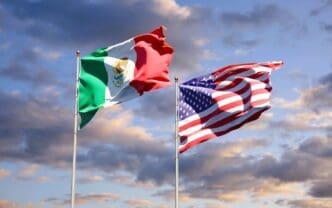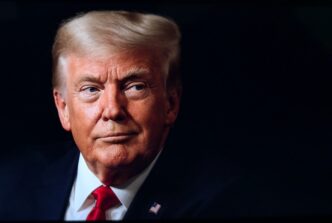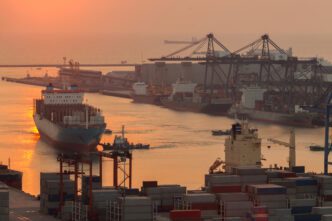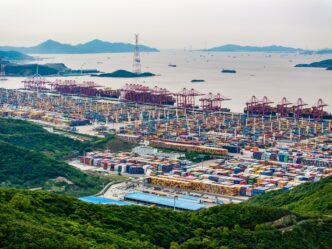In a bold move, President Donald Trump has signed a series of executive orders that impose significant tariffs on imports from Canada, Mexico, and China. This decision has sparked a wave of economic uncertainty and diplomatic tension as these countries retaliate with their own tariffs against U.S. products.
The new tariffs include an additional 25% on imports from Canada and Mexico, and 10% on imports from China. The tariffs target a range of goods, including non-energy products, while energy imports such as oil and natural gas face a lower 10% charge to mitigate the impact on U.S. consumers’ fuel costs. Although President Trump argues that these measures aim to curtail illegal immigration and combat the production of illicit drugs like fentanyl, the tariffs act as domestic tax increases impacting Americans.
The legal foundation for these orders rests on an economic emergency declaration under a 1977 law, allowing the president to counter ‘unusual and extraordinary’ threats. Past applications of this law include responses to various international crises, though this move has faced criticism due to its economic impact on both domestic and international markets.
Canadian Prime Minister Justin Trudeau has publicly condemned the U.S. tariffs, suggesting they might harm relations between the two nations. The Canadian government has prepared counter-tariffs affecting U.S. imports, mirroring the response from Mexico.
Critics highlight that while Trump claims tariffs will enrich the U.S., they could lead to increased prices for consumers and adverse effects on jobs and economic growth. The administration has not set specific targets for other countries to meet in reducing fentanyl-related issues, instead leaving decisions to Trump’s discretion.
Perhaps most contentious is the clause removing the ‘de minimis’ exemption for low-cost imports, subjecting more consumer goods under $800 from these countries to tariffs. This could lead to broader implications for consumers purchasing foreign goods online.
Ultimately, the success of these orders may hinge on international cooperation and willingness to address the underlying issues cited, such as illicit drug trafficking and immigration policies.
President Trump’s imposition of tariffs through executive orders presents a complex challenge to the global economic landscape. While the intention is to protect national security and curb illicit activities, the broader ramifications include potential economic strain and diplomatic friction with key allies. The future effectiveness of these measures will likely depend on both domestic policy adjustments and international collaboration.








